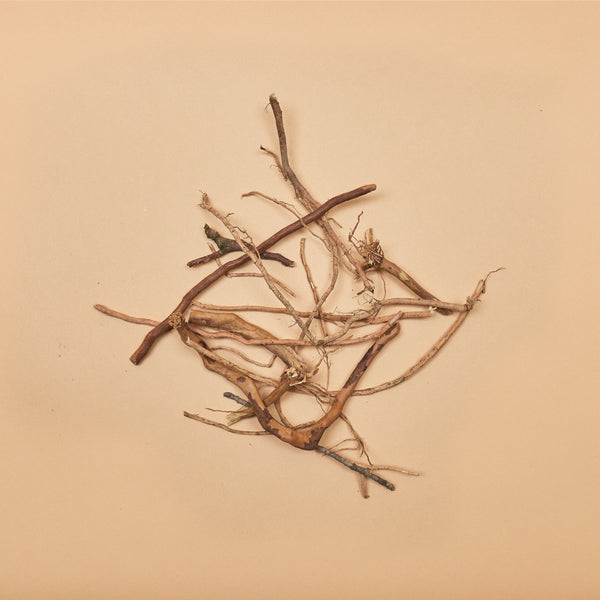- Continue Shopping
- Your Cart is Empty
Selatan Catappa Bark Pieces (Package of 4 Pieces)
Sold Out
The latest addition to our varied selection of Catappa bark is this larger, chunkier stuff from Selatan, Indonesia. It's harvested from the trees in a sustainable manner from a small village in Selatan, Indonesia, just for us (hence its namesake).
They're not complete "tubes", like our Indian Catappa Bark, nor lightweight stripes like our Borneo Catappa Bark Strips. Rather, these are chunky pieces of bark that are effective as both a water conditioner and an aesthetic compliment. Bigger, thicker, and more "substantial."
These bark strips will impart a deep "tint" to the water that we love so much around here. And, they have a nice "streambed" aesthetic!
PREPARATION: Boil them for a few minutes, followed by a brief soak in fresh water to achieve complete saturation (and to get them to sink!) prior to use.
ORIGIN: Pontianac, Selatan, Indonesia
#tanninselatancatappabarkpieces
NOTE: Because these are a natural product, cut by hand, each one will differ in appearance. The photo shown is to provide an idea of what to expect the product to look like.
SEE OUR SHIPPING AND HANDLING PAGE FOR OUR SHIPPING POLICIES
All of our aquatic botanicals are intended for ornamental aquarium or terrarium use only. Please use common sense and take the time to boil or soak all botanicals prior to using them, to reduce the possibility of problems. Always go slow when introducing any botanicals into your systems, so you can judge the effect they have on your fishes and plants. They are not intended for human consumption. DO NOT INGEST!


Related Items
Tannin Aquatics "Enigma Explorer Pack"- Your custom-curated mystery collection!
Sold Out - $ 60.00
YOUR BOTANICAL JOURNEY BEGINS WITH THE CLASSIC "ENIGMA PACK" EXPERIENCE! We're all about the power of "self-curation"- empowering you to create with the widest selection of natural botanical materials around....
"Twenty Twigs"- Assorted Small Oak Twigs (20 pcs.)
Sold Out - $ 5.00
Branches and twigs form the basis of many natural aquatic ecosystems, and they're perfectly suited for doing the same in aquariums. I first started playing with oak twigs and...
"Bits and Pieces"- Assorted Small Root and Twig Sections (20 pcs.)
Sold Out - $ 5.00
Bits of roots, twigs, and shoots from terrestrial plants are found throughout the aquatic environment. They form a network of "interstitial spaces" on the substrate, where all sorts of...













